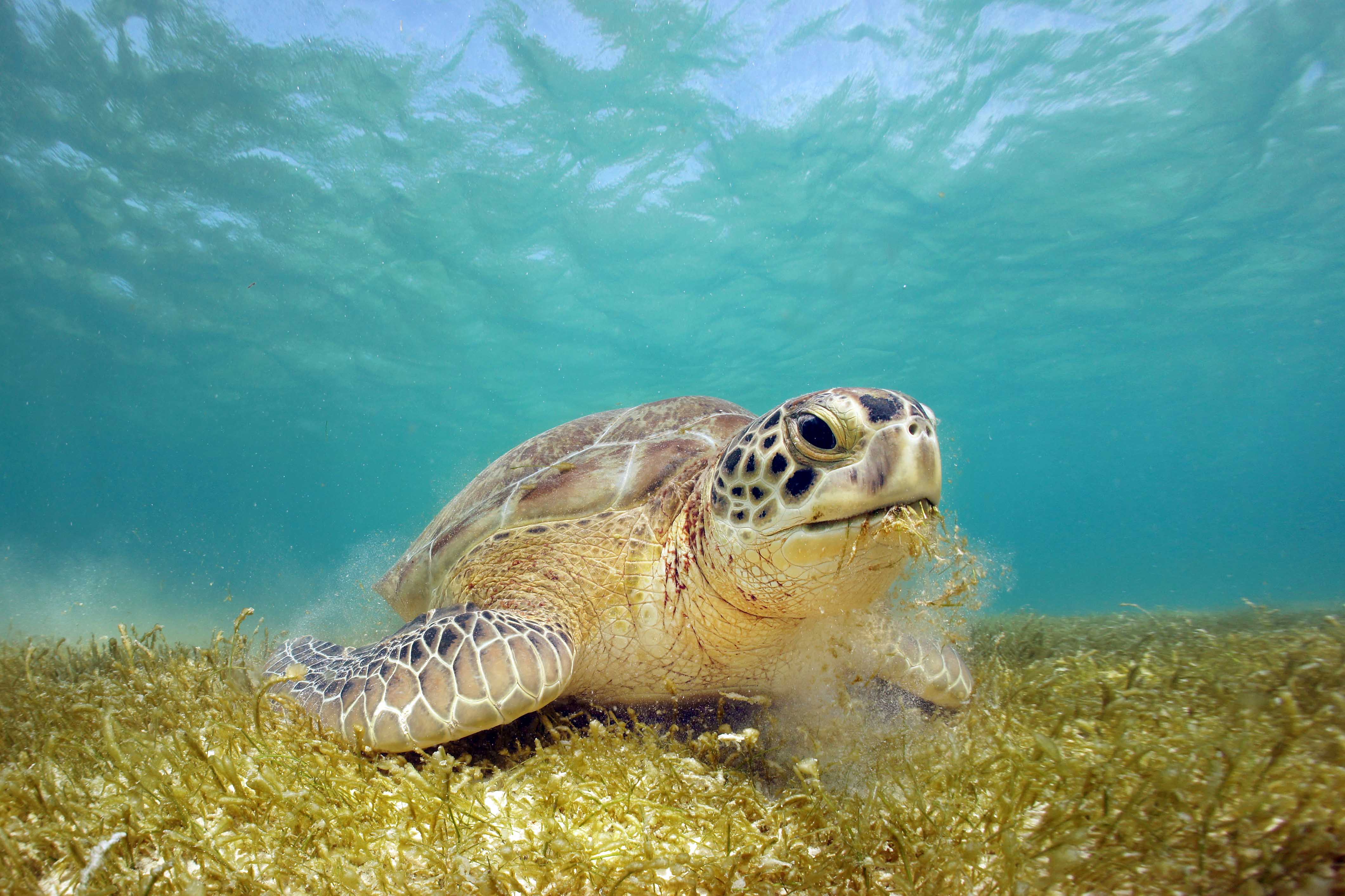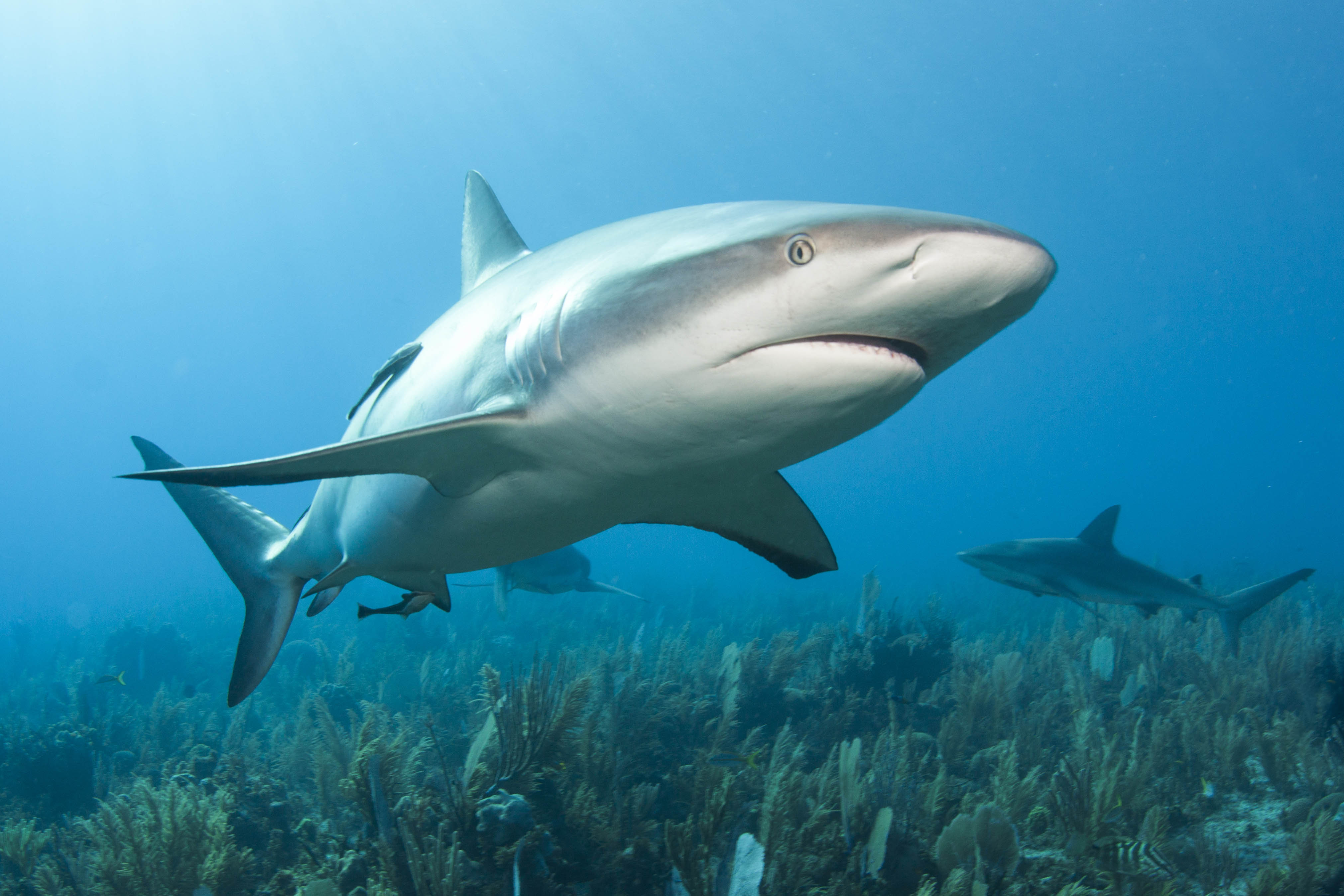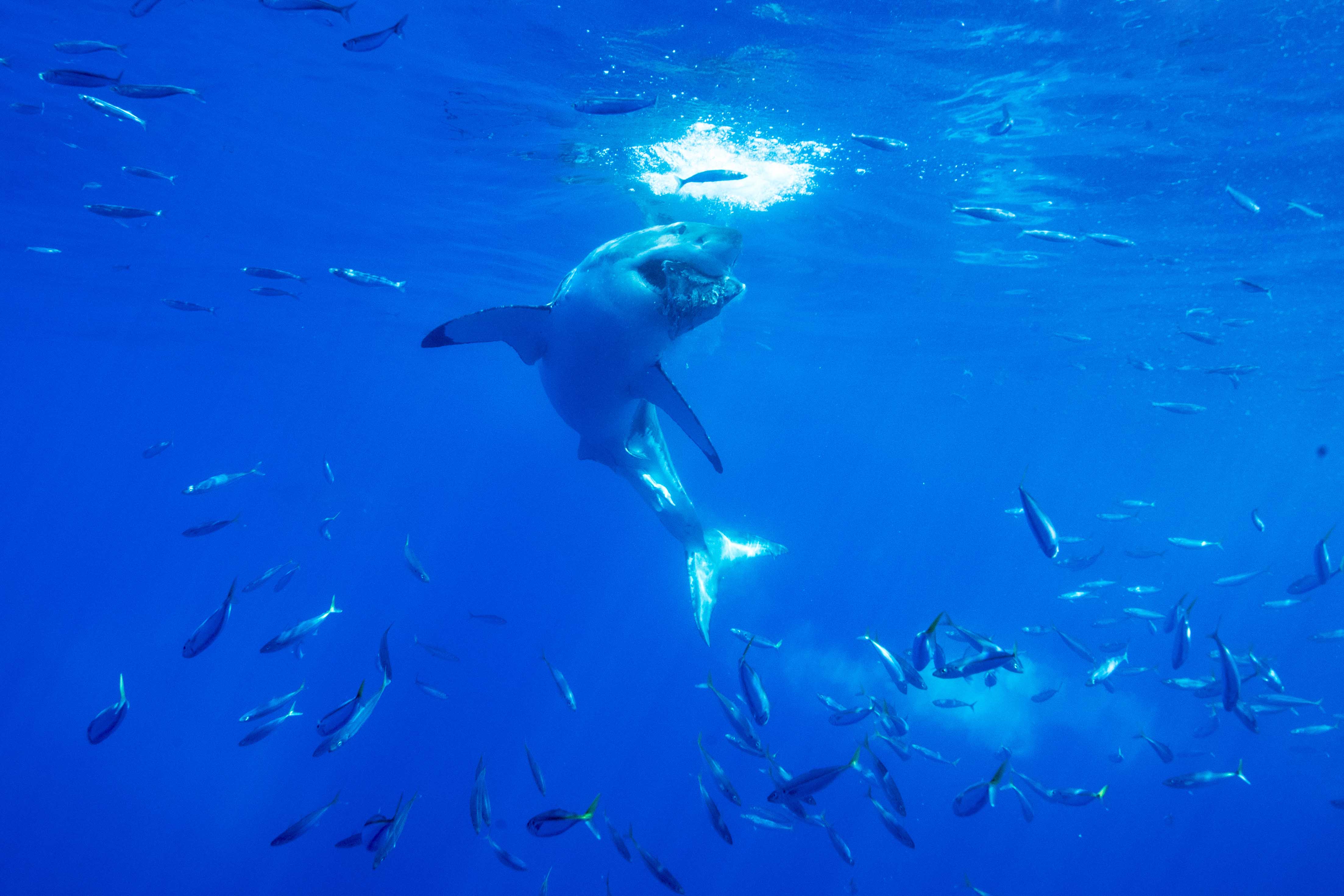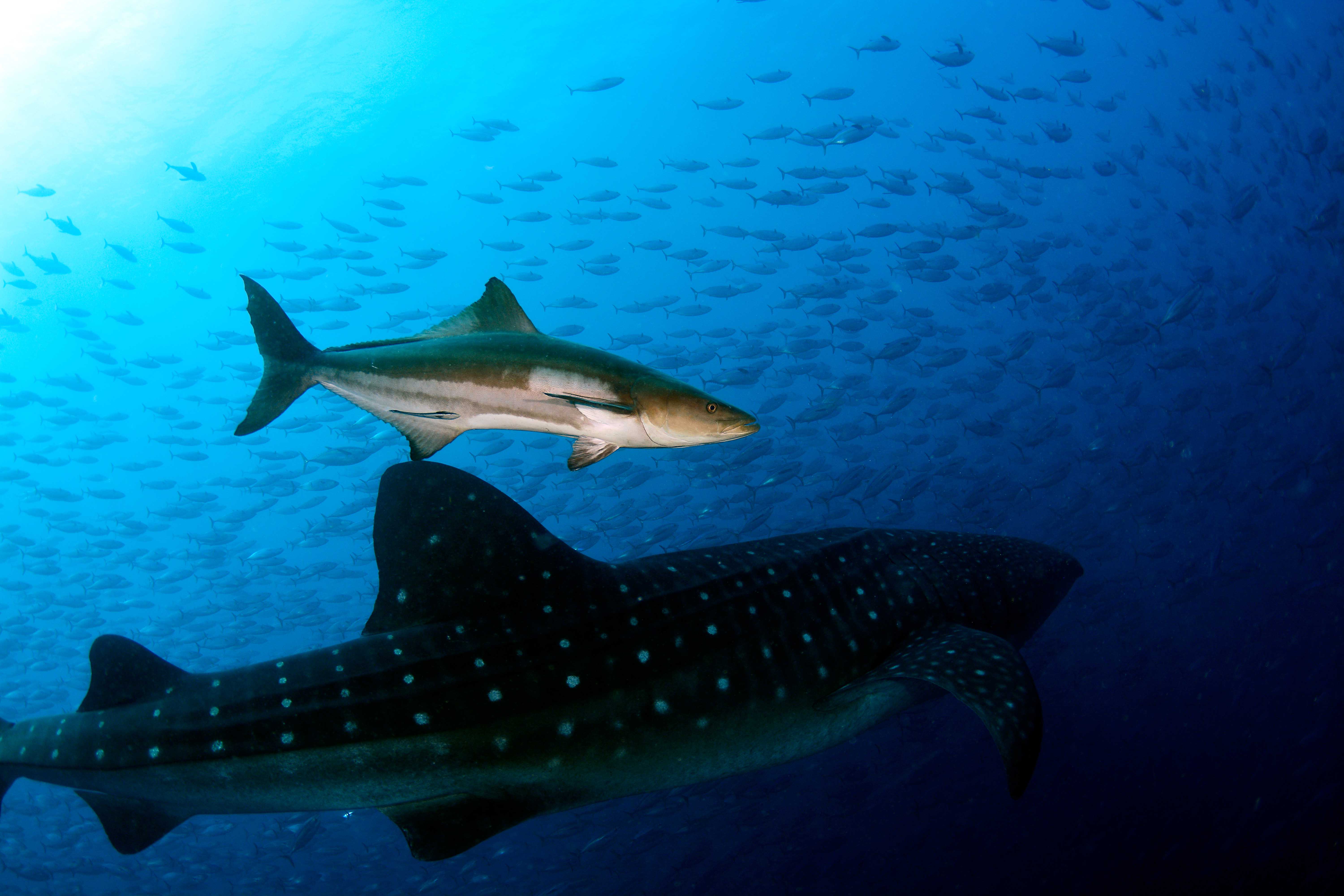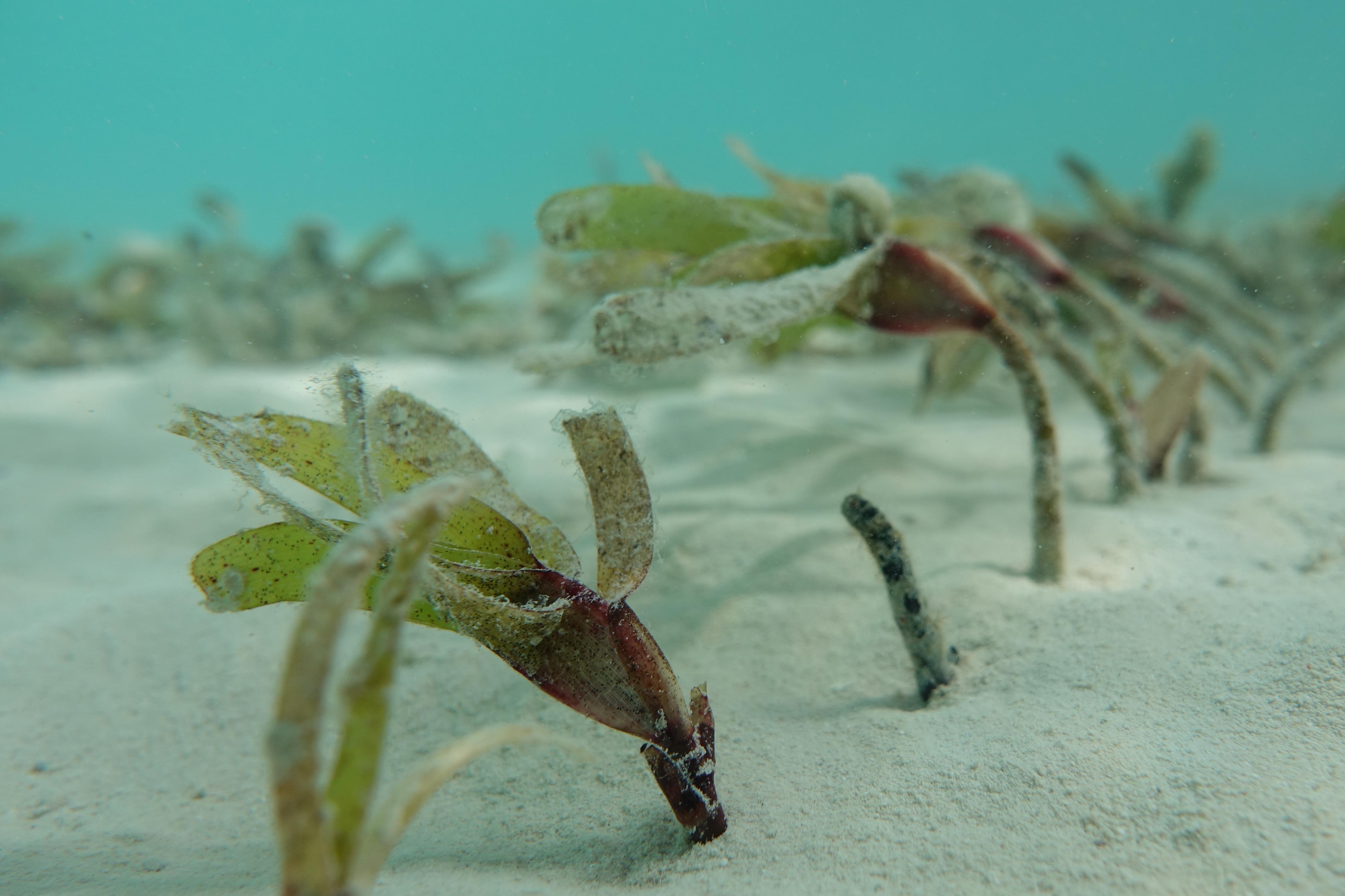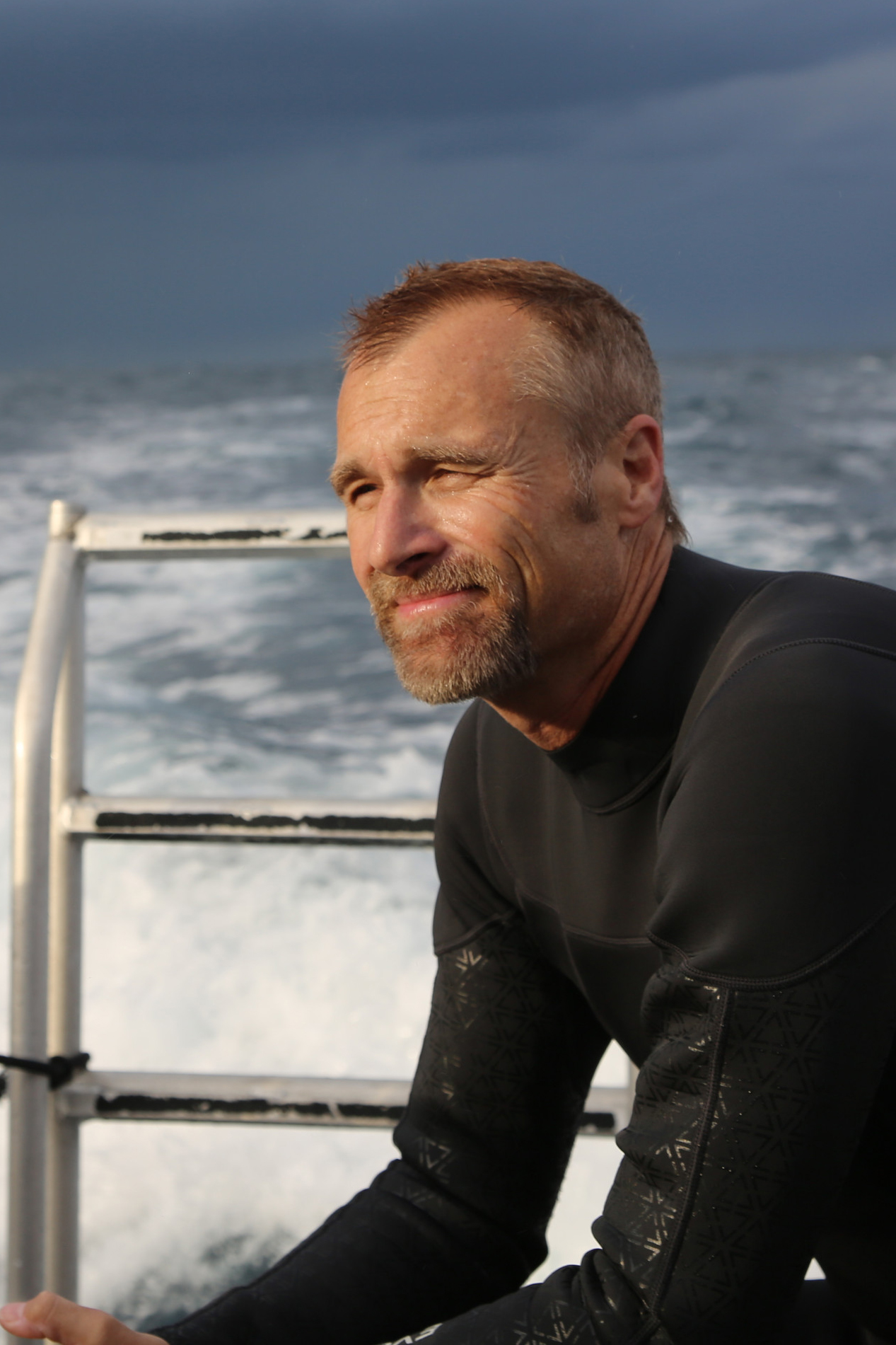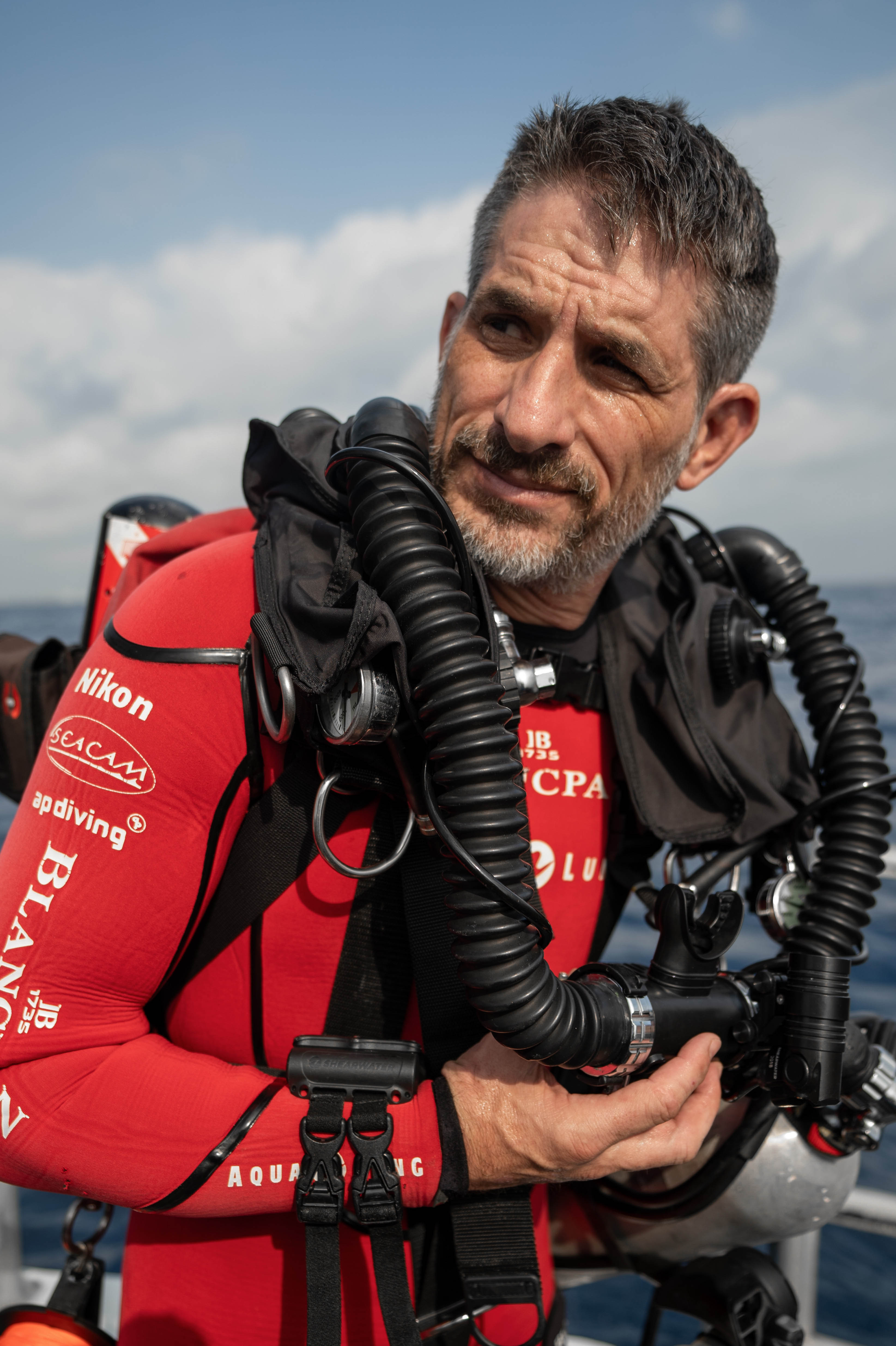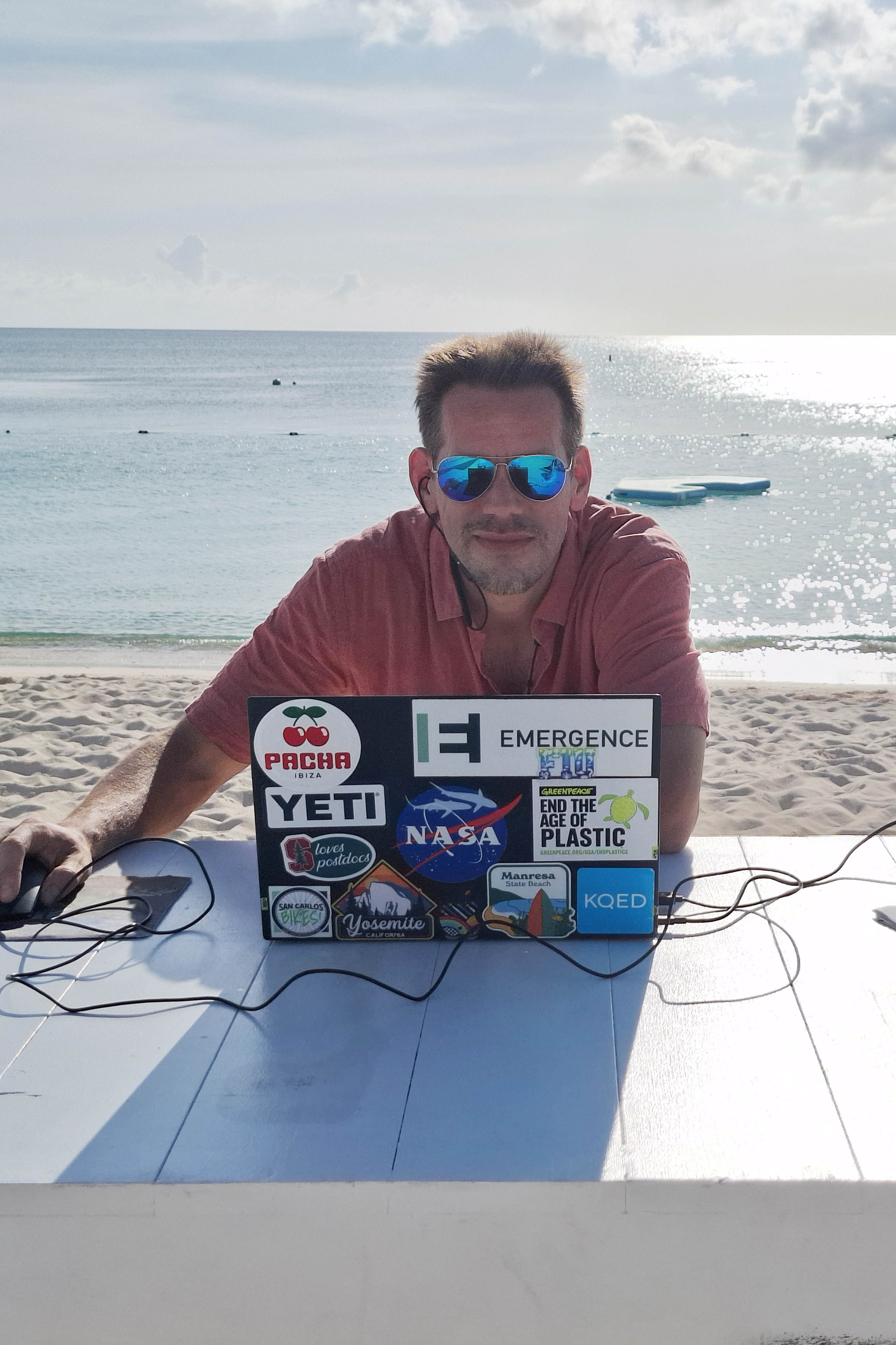From the tropics to polar waters — surface to the deep sea — there are more than 550 species of sharks playing diverse roles. A global study in Science, led by Florida International University researchers and supported by the Shark Conservation Fund, reveals the many and diverse roles of sharks that are helping to keep our oceans healthy and what people can do to protect sharks.
Background
Understanding when, how, and why sharks and rays might be critical to ecosystem structure, function and resilience is critical to marine conservation efforts. The relative importance of sharks and rays in maintaining healthy ecosystems varies considerably among species and habitat types. In some situations, evidence suggests that healthy shark populations are important for maintaining ecosystem function and even enhancing resilience to disturbance. However, a critical role is not ubiquitous for sharks, and in many cases we lack the data to determine what the likely consequences of shark and ray declines might be. Much more work is needed to definitively make the link between loss of sharks and ecosystem disruption and to predict when and where it will be most pronounced.
Latest Research in Science
The groundbreaking synthesis by an international team of scientists reveals the important role sharks play in maintaining biodiversity and ecosystem health. The researchers compiled data from more than 100 studies of sharks and their ecosystems to reveal the integral roles sharks can play in maintaining ecosystem health, increasing resilience to climate change, and supporting coastal communities reliant on healthy marine ecosystems. It is important to note that not all studies show sharks are critical and not all species have equal impacts.
Empirical Studies of Ecosystem Effects of Sharks
Circled numbers in the infographic reference studies analyzed in the research. Arrow color indicates effect type; arrow tails (pointed, dashed or solid lines) indicate effect strength; and hatched and solid indicate inferred and empirical evidence. Effect size and strength of evidence were rated by the expert opinions of 30 investigators, scoring source paper metrics on a low-medium-high scale. Infographic designed by SayoStudio; vertebrate illustrations by Marc Dando.
Big sharks equal big impact
Why might these roles be important to ecosystems?
The research reveals sharks may be especially important when preying upon longer-lived species, maintaining specialized diets of a limited number of prey species, or preying upon species that have their own important ecological roles.
Do healthy reefs need sharks?
The importance of sharks to the health of reefs remains hotly debated and data are not yet available to definitively answer the question, though some patterns are evident.
In some situations, like where reefs are not overly stressed, sharks appear to not influence the biomass and diversity of fish compared to environmental factors. However, the nature of risk-taking by energetically stressed animals might mask predation as a driver of this type of relationship.
Sharks have large impacts on the behavior of fish either as predators or competitors, but whether this cascades to affect corals or algae is unclear at a large-scale. However, grazers are known to reduce the abundance of algae in areas without sharks. This suggests the loss of sharks might lead to changes in the overall abundance of algae on reefs over time, but the effect may depend on the structure of the food web under sharks.
Sharks in trouble
Sharks can be found in all reaches of the oceans, from the deep seas to even the estuaries of the Everglades. The smallest shark — the dwarf lantern shark — grows to about 8 inches in length, while the biggest — the whale shark — can exceed 55 feet. Research shows different sharks play different roles, which means a variety of sharks are needed for healthy oceans.
As the number of big sharks continues to plummet, their important roles in ocean health are also lost. These many and diverse contributions are under threat from overfishing, climate change, habitat loss, energy mining, shipping activities and more.
Warming waters amid climate change mean sharks will increasingly move towards the poles and towards deeper and cooler offshore waters. This could have cascading effects for sharks and their current ecosystems and increase people-shark interactions in some areas.
43%
of shark species
are threatened
with extinction
20%
of reefs no longer
have viable shark
populations
The loss of sharks from ecosystems could have catastrophic consequences for our oceans.Mike Heithaus, Principal Investigator and Executive Dean, FIU College of Arts, Sciences & Education
Meaningful shark conservation
In their analysis, FIU researchers are making a case for rethinking shark conservation. Protecting shark populations is no longer sufficient — conservation strategies must prioritize protecting the ecological roles of sharks. Local communities can help build support for predator conservation. Nations can build networks of large marine protected areas that encompass relevant portions of the areas individual sharks might roam. But more must be done.
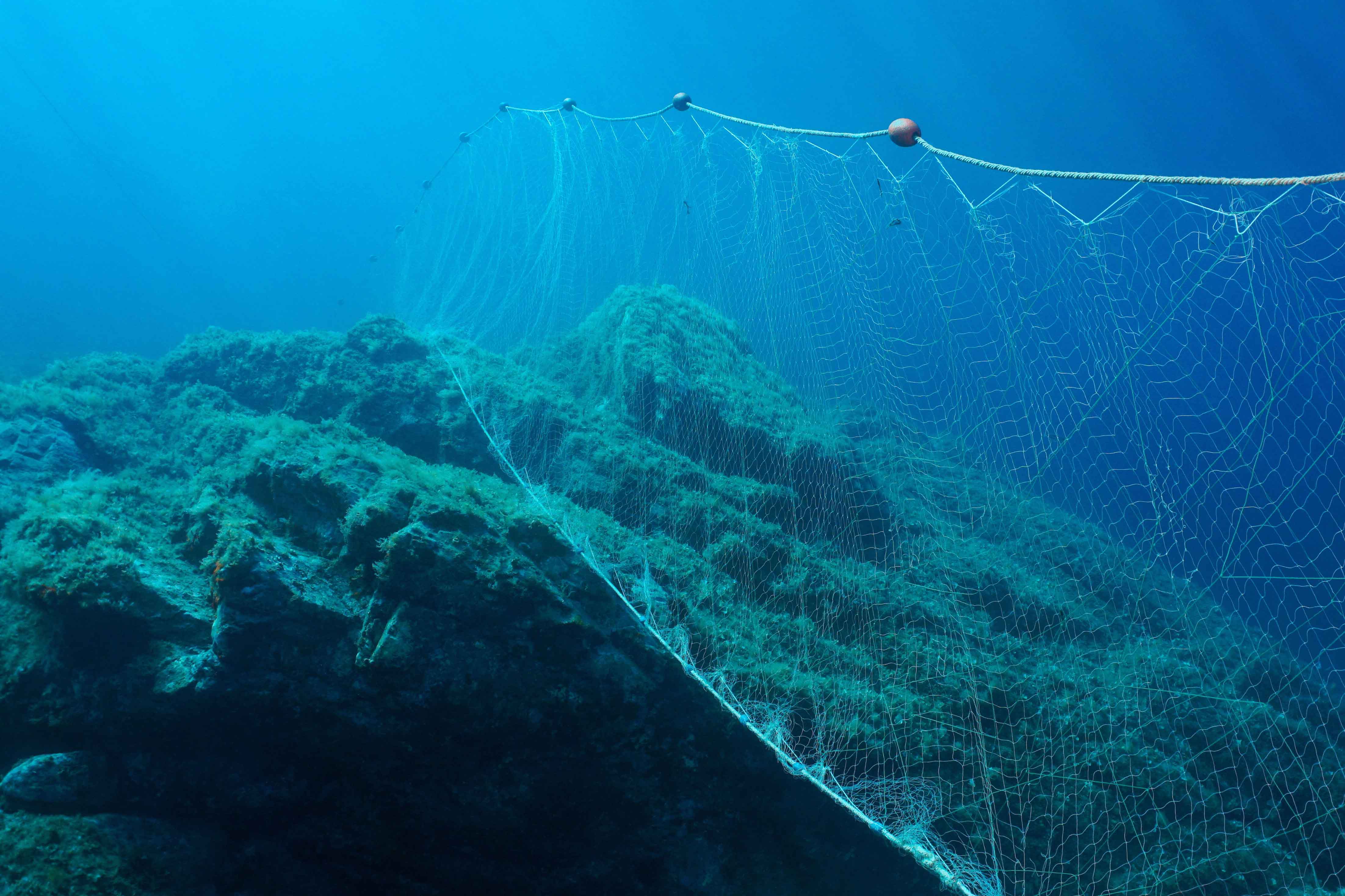
Protected areas combined with quotas and restrictions on gear like longlines and gillnets outside MPAs can improve outcomes.
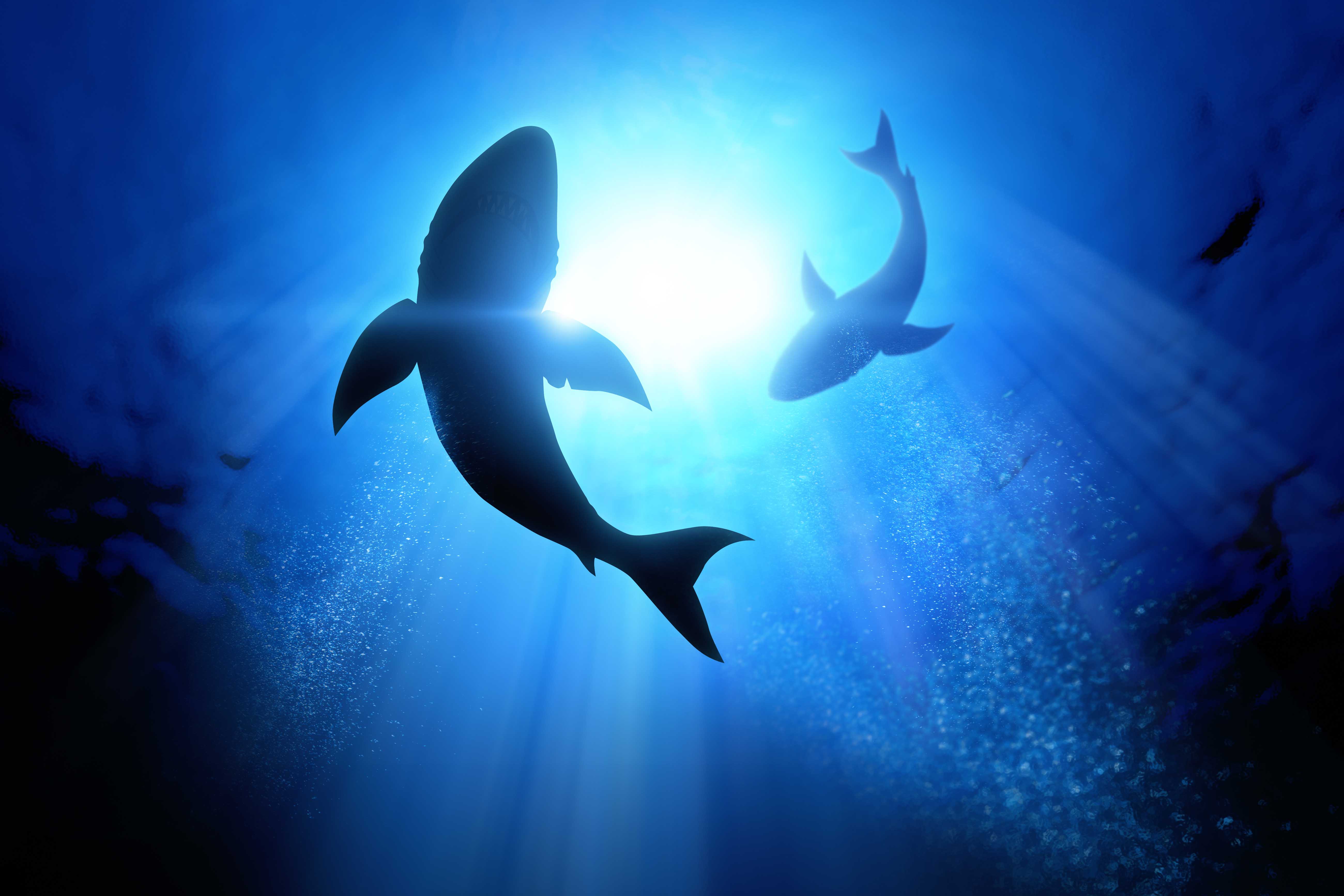
The right types of individuals should be prioritized in populations, including the largest individuals of the large predator species like tiger and white sharks.
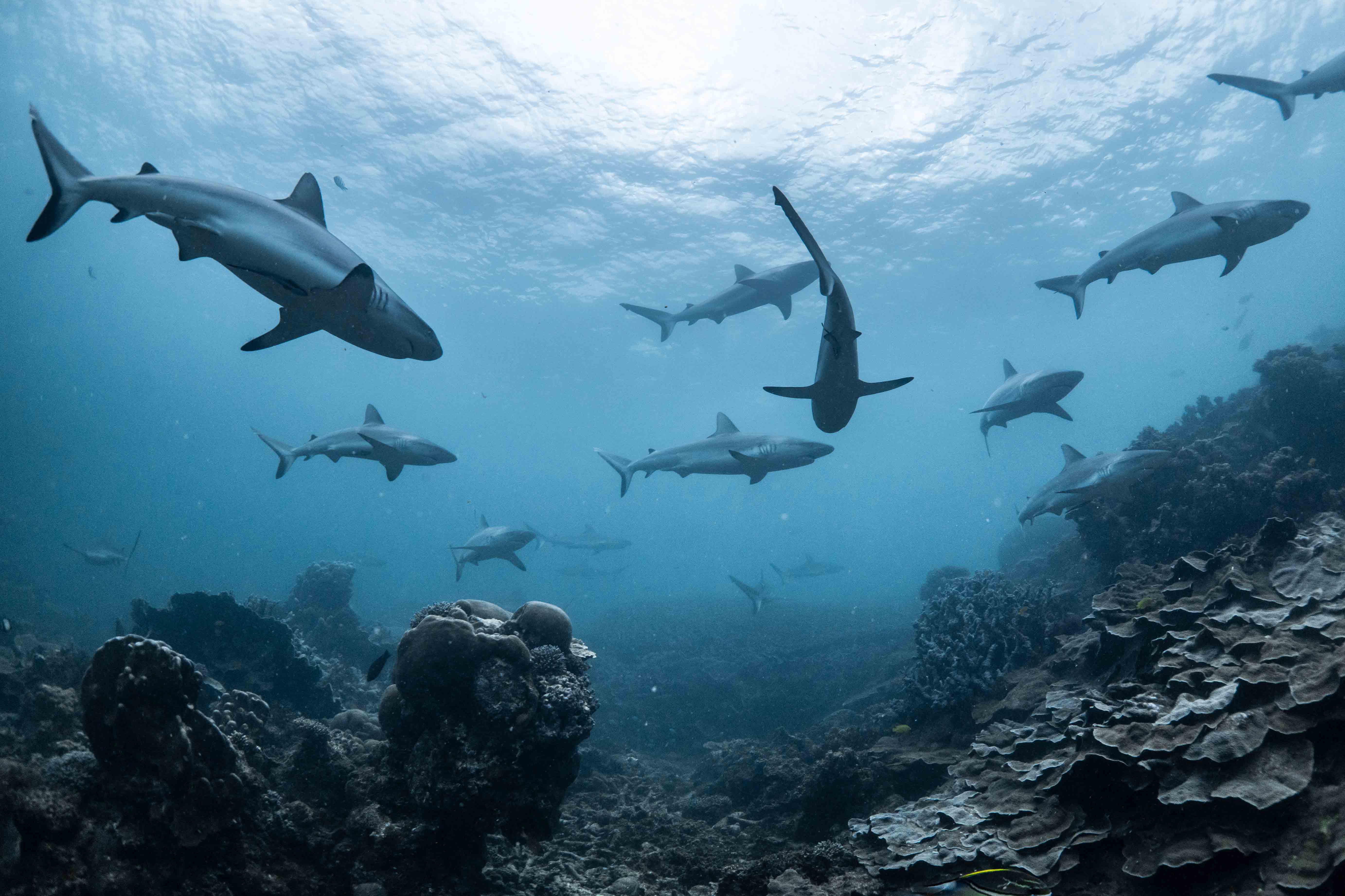
Conservation strategies must account for shifts in ranges of sharks and their prey due to climate change.
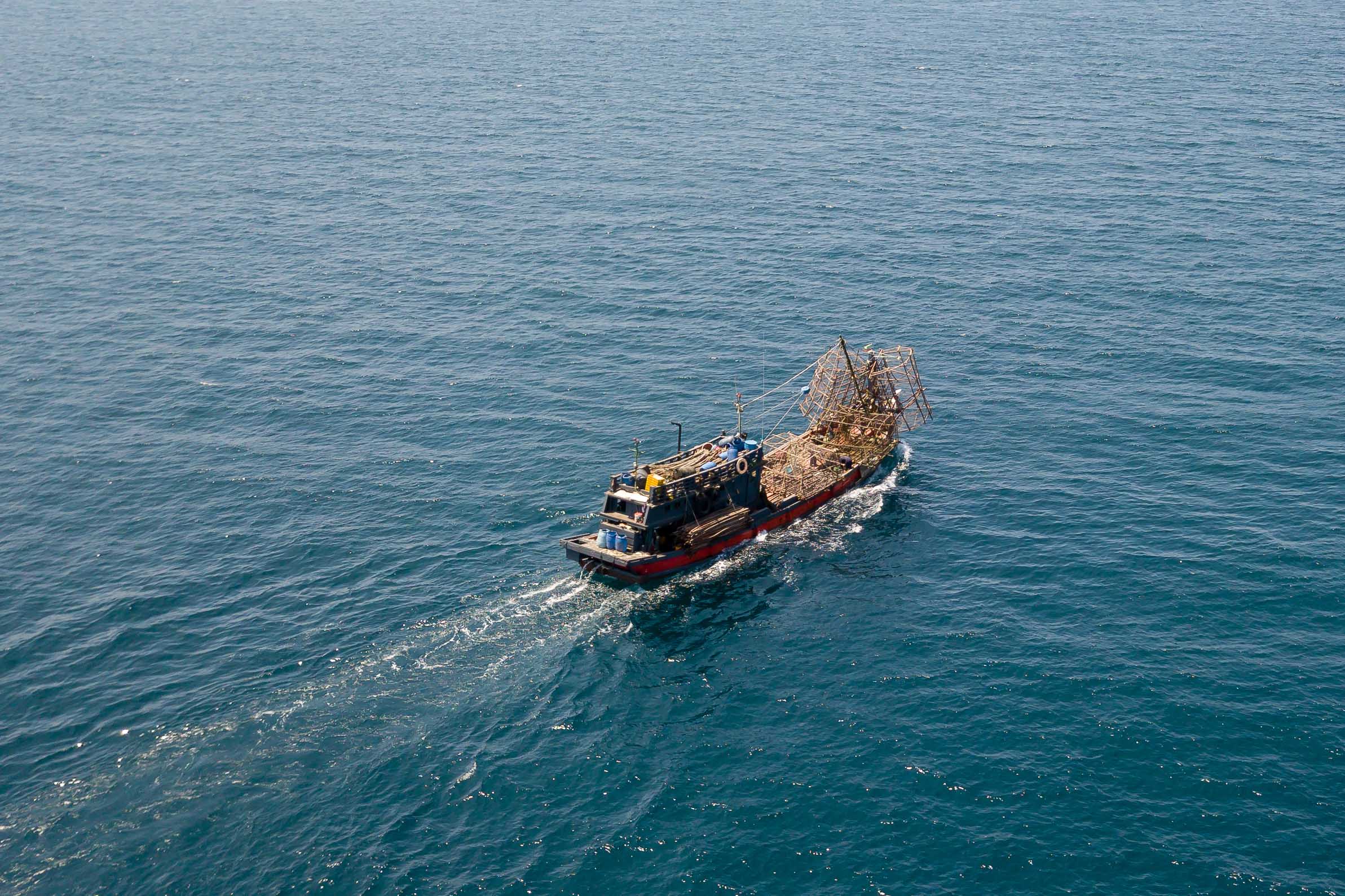
Enacting comprehensive protections at national levels and prohibiting shark catch by commercial fisheries for the most threatened shark species can help restore populations.
JoAnn C. Adkins
Director of Marketing & Communications
305-348-0398
jadkins@fiu.edu
CASE 456Ayleen Barbel Fattal
Assistant Director
305-348-4492
abarbel@fiu.edu
CASE 456Christine Calvo
Senior Account Manager
305-348-9987
chcalvo@fiu.edu
CASE 456

